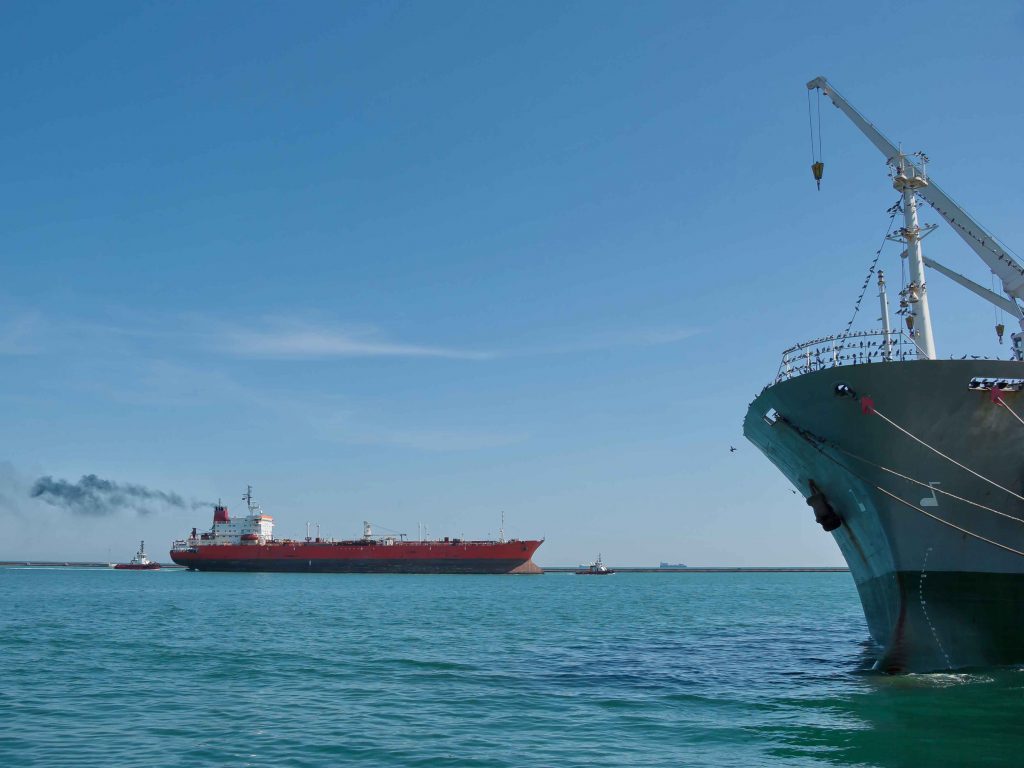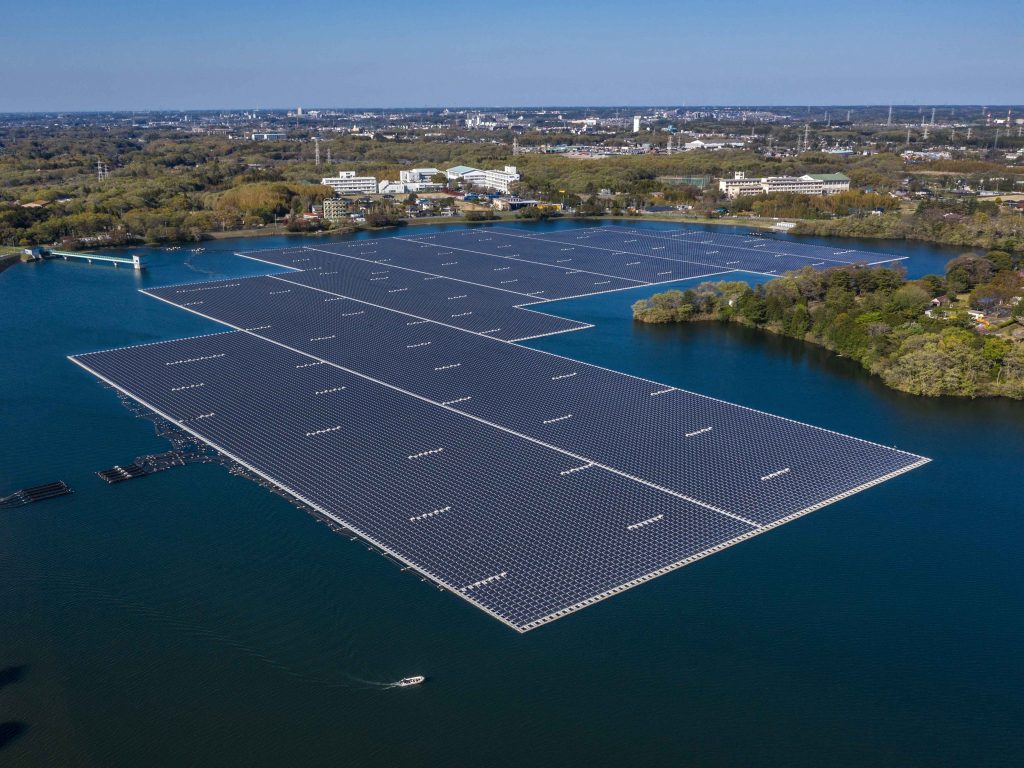The attempt to waste not, whilst wanting not
The electricity from WtE plants is often cited as an effective source of renewable energy that reduces greenhouse gases
The electricity from WtE plants is often cited as an effective source of renewable energy that reduces greenhouse gases
On the Eastern edge of Mexico City lies a sight unseen throughout Europe: garbage – 60 million tonnes of it – stretches off into the distance and over the horizon.
Toxic streams, polluted with heavy metals, meander through a landscape of trash mountains reaching up to 13 metres in height. Poisonous smoke, generated by the open burning of refuse, fills the air. This is Bordo Poniente, the world’s second largest garbage dump.
Estimates of its size vary, depending on whom you ask; city officials have quoted 420 hectares, while some bloggers say it is closer to 1,000. Despite its enormous size, this massive wasteland struggles to contain the 12,500 tonnes of largely unsorted trash that are dumped on the site every day.
When it rains, black rivers flow out of the garbage forming toxic pools of pesticides, heavy metals, and other poisons. These waters inevitably make their way to the nearby canals and lakes, polluting Mexico City’s water sources. When it is not raining, however, Bordo Poniente’s inhabitants and labourers fear a different phenomenon. In the dry seasons the methane produced by layers of decomposing waste can cause violent explosions and raging fires that are difficult to extinguish.
Currently Bordo Poniente emits two million tonnes of greenhouse gases into the atmosphere, accounting for 15 percent of the city’s emissions – equivalent to about 500,000 cars. About one million tonnes of these emissions are carbon dioxide (CO2), while the remaining half comes from the methane that causes the violent explosions. Yet, methane is not only volatile; it is also a powerful greenhouse gas, with a warming potential 20 times more than CO2. Unlike CO2 though, its stored energy can be harnessed, inciting scientists and entrepreneurs around the world to finding creative ways of exploiting it.
In New Jersey, where the capturing of methane from landfills is becoming commonplace, a single 240∞hectare landfill produces 20MW of power, enough energy to supply roughly 16,000 US homes. If Bordo Poniente were to use the same technology, a back-of-the-envelope calculation suggests that it could produce up to 35MW, powering some 40,000 local homes. Mexico City has in fact begun preparations to capture some of the methane from Bordo Poniente, which it will use to power the local area. The city has also commissioned a 300-hectare recycling and integrated energy centre (CIRE), costing an estimated $140 million. According to the City’s Waste Commission, the centre will burn 45 percent of Mexico City’s trash by 2012 converting the landfill into a giant ‘waste-to-energy’ (WtE) plant.
According to a recent cost benefit analysis in Britain, WtE plants are more cost-effective than their coal counterparts. Predictions suggest that electricity produced from these plants could generate 3.1 percent of Britain’s total electricity by 2030. Although the costs to install WtEs are large, these are likely to be reduced with appropriate technological transfer. Additionally, WtE plants are considered to be more socially acceptable than coal power plants and as well as lowering greenhouse gas emissions, their efficiency increases have proven to be quite profitable.
Cogeneration
WtE plants that integrate combined heat and power plants (or ‘cogeneration’) with traditional industries may require even greater initial investments, but are all the more efficient. Turning industrial waste into energy can earn carbon credits, diversify a factory’s output, and ease potential price fluctuations of the primary produce. Take, for example, the sugar mills in India who are leaders in the field of cogeneration and biomass energy; besides producing sugar, nearly one in six mills is a cogeneration plant. These plants generate electricity and heat using bagasse, the residue that results from crushing sugarcane. Apart from feeding this energy back into the plant, it is sold to the electricity grid, thus reducing production costs and creating an additional source of income.
However, as of now, these cases are rare examples. High initial investment requirements are only one of the reasons why WtE plants can face strong public resistance. Therefore, concerted political will is required for such plants to become commonplace, as is the case in some European countries (Sweden, Denmark and Germany). In Germany for example, combined heat and power plants were incentivised in order to make them commercially and politically viable.
Environmental controversy
Despite its advantages, WtE technology remains controversial, particularly at a local level. Back in Mexico City, the environmental group Greenpeace has criticised the CIRE plan, arguing that incineration would worsen air quality and release toxic chemicals into the atmosphere. Gustavo Ampugnani, Director of Campaigns at Greenpeace Mexico, claims that composting and recycling would “in fact save between three and five times more energy.” As a recent Friends of the Earth UK report explains, there are three main types of WtE plants: landfills with methane capture, incinerators, and plants that use anaerobic/aerobic digestion to breakdown waste. The report shows that composting or anaerobic digestion emits less greenhouse gas emissions than either incineration or landfills with methane capture.
Anaerobic digestion, in a nutshell, is the creation of gas from organic waste in biogas plants. Small-scale composite biodigester units that are suitable for installation in any household have proved to be particularly useful in remote areas lacking access to conventional sources of power, especially in developing countries. But, they are often associated with high capital costs and are still not completely viable energy substitutes. While governments have focused much of their efforts on expanding the reach and connectivity of conventional power grids, it may make more sense to instead improve these sources of locally generated power that fill the energy void in remote areas.
Looking at the problem from a policy perspective, for waste to energy initiatives to play a role in the low-carbon energy transition, an integrated policy framework is essential. Easing bureaucratic hurdles and planning directives, and creating an environment where local groups involved in small-scale waste to energy projects can pool resources, will greatly facilitate the expansion of WtE. Furthermore, technology transfer and financial mechanisms such as selling locally generated energy back to the grid will undoubtedly incentivise uptake. Finally, changing social perceptions on WtE possibilities may pose a big challenge but is essential. Countries like Denmark and Germany have seen marked success in fostering public acceptance and greater stakeholder involvement on the issue, yet other countries still have a long way to go.
Although proponents of Mexico City’s CIRE scheme stress its potential to generate thousands of kilowatts of power and to put the city’s waste management scheme in the same league as the likes of San Francisco, groups like Greenpeace show clearly that public opinion is not yet on its side. Nevertheless, it looks likely that the CIRE plan will go ahead regardless. Even if waste to energy cannot be a comprehensive solution to Mexico City’s waste management problem, if the plan does go ahead, it will at least reduce some of the trash mountains that currently populate the expansive wasteland of Bordo Poniente.
About the authors
Niel Bowerman is Executive Director of Climatico and Radhika Viswanathan is Director of Research. Climatico is a network of academics and professionals providing independent analysis of climate policy.













